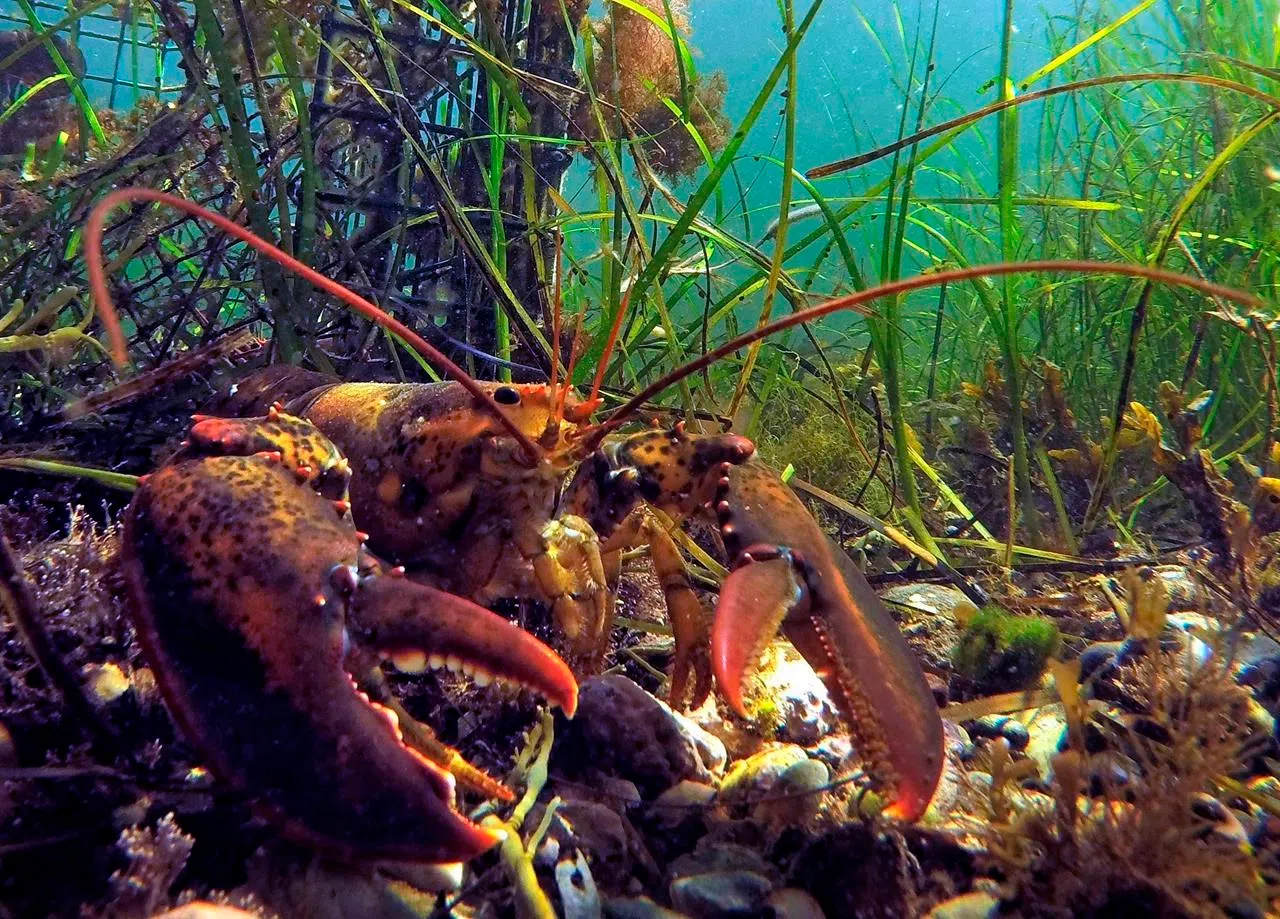
Feds: US fishermen had good year aided by lobsters, scallops
PORTLAND, Maine — U.S. commercial fishing generated more than $144 billion in sales in 2016, buoyed by growth in key species such as sea scallops and American lobsters, the federal government reported on Thursday.
The National Oceanic and Atmospheric Administration said the total of $144.3 billion in sales from commercial fishing in 2016 was up about $100 million from the previous year. The agency released the figure as part of its annual Fisheries Economics of the United States report, one of two reports about the health of fisheries that came out on Thursday.
The economics report states that the industry was boosted by growth in value of some economically critical species, also including shrimp, but other big-money species such as Alaska pollock and pacific salmon were down from the previous year.
The report shows U.S. fisheries holding steady, and continuing to play a critical role in the economies of states from Maine to California, said Ned Cyr, director of NOAA Fisheries Office of Science and Technology.


